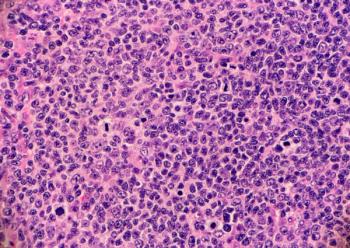
ChanTest Announces Phase II SBIR Grant to Optimize Cardiomyocyte-Based Assays
"This grant will allow us to optimize our industry-leading cardiomyocyte assays," said ChanTest's Principal Investigator Andrew Bruening-Wright, Ph.D. "With our collaborators at FDA, DSEC, and Leadscope, Inc., we have improved predictivity models based on currently available ChanTest services. Our nonclinical models will only get better as we fully integrate cardiomyocyte-based assays."
These cardiomyocyte assays are critical for improving the predictivity of nonclinical testing and reducing the use of animals as proposed in the NIH roadmap for drug discovery and the FDA's critical path initiative. The grant will also fund development of automated instrument-based services to increase throughput and drive down costs to meet the needs of ChanTest customers.
Dr. Arthur "Buzz" Brown, founder and CEO of ChanTest and co-PI on the grant, added "ChanTest has assembled an expert team to ensure success of this grant. We'll build on this success to improve drug discovery for other diseases in which ion channels play a critical role."
Newsletter
Stay current in clinical research with Applied Clinical Trials, providing expert insights, regulatory updates, and practical strategies for successful clinical trial design and execution.




